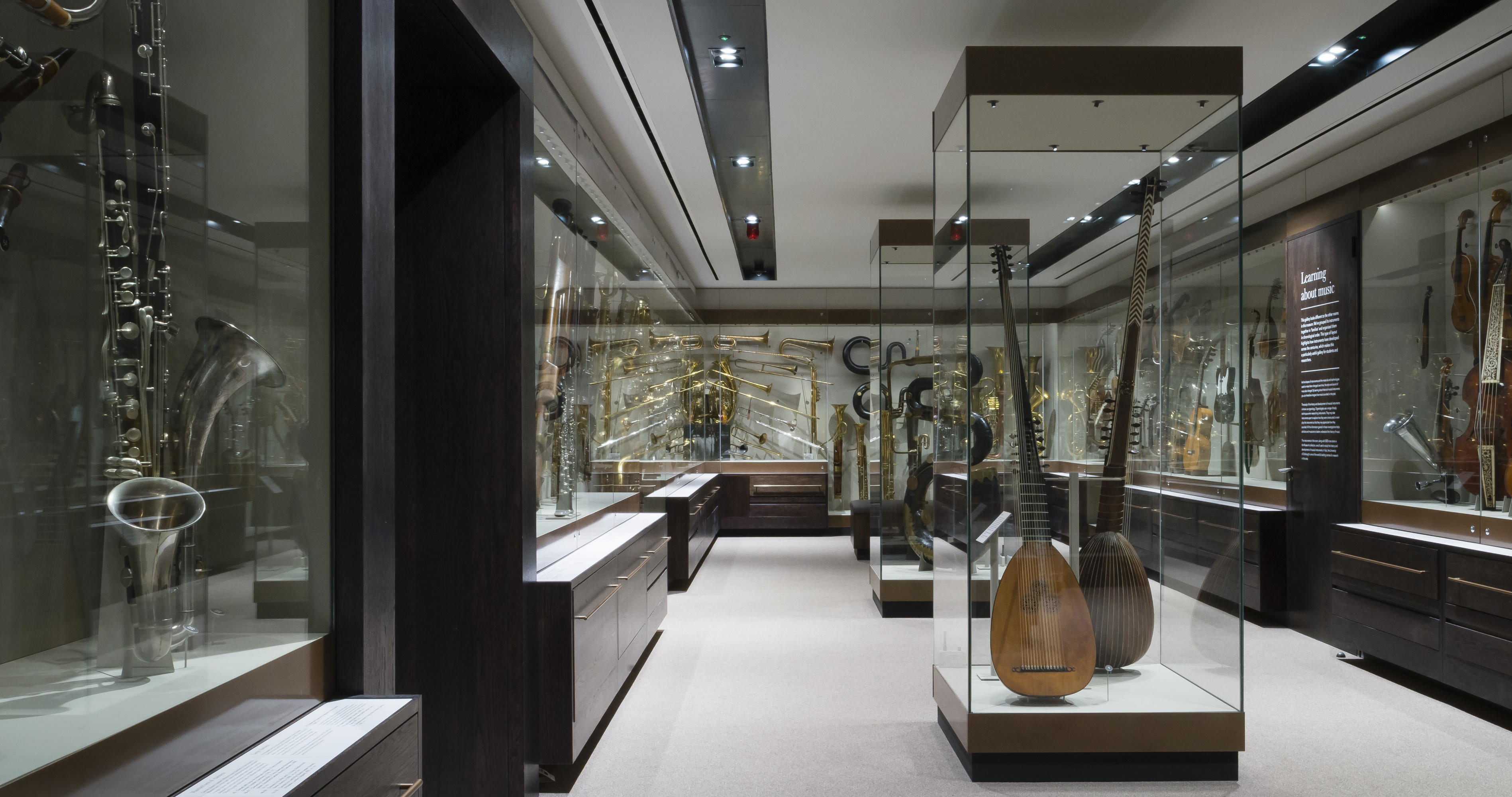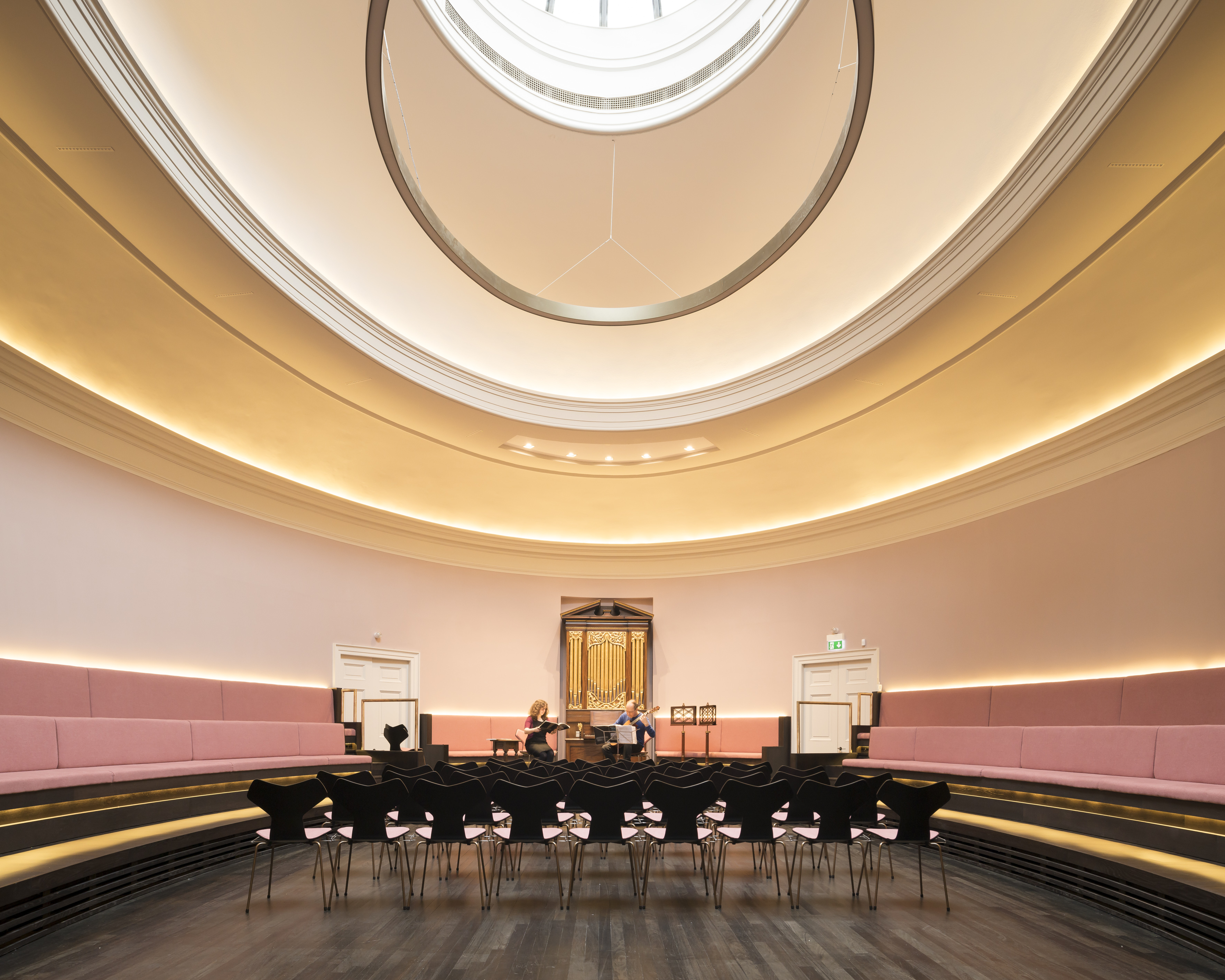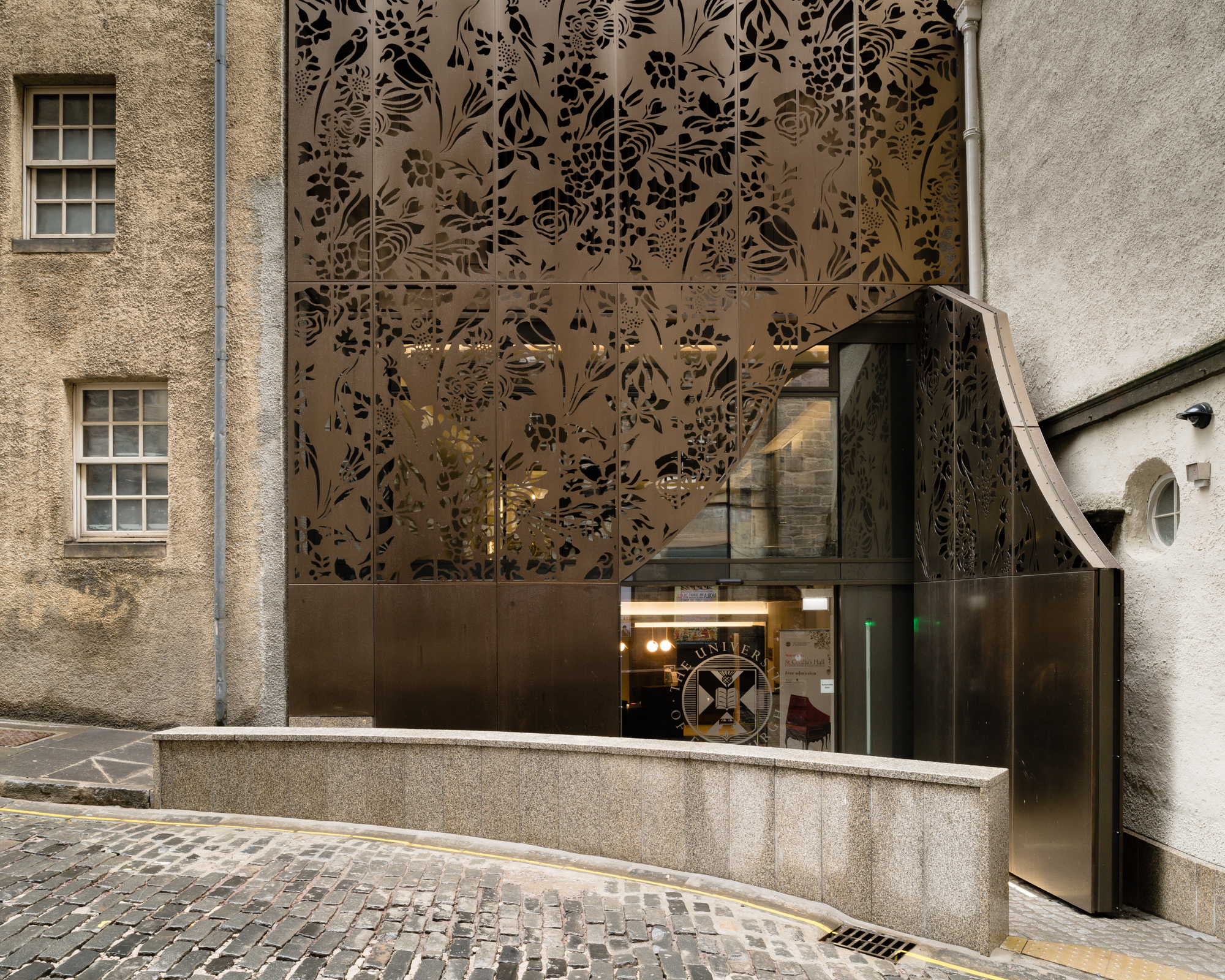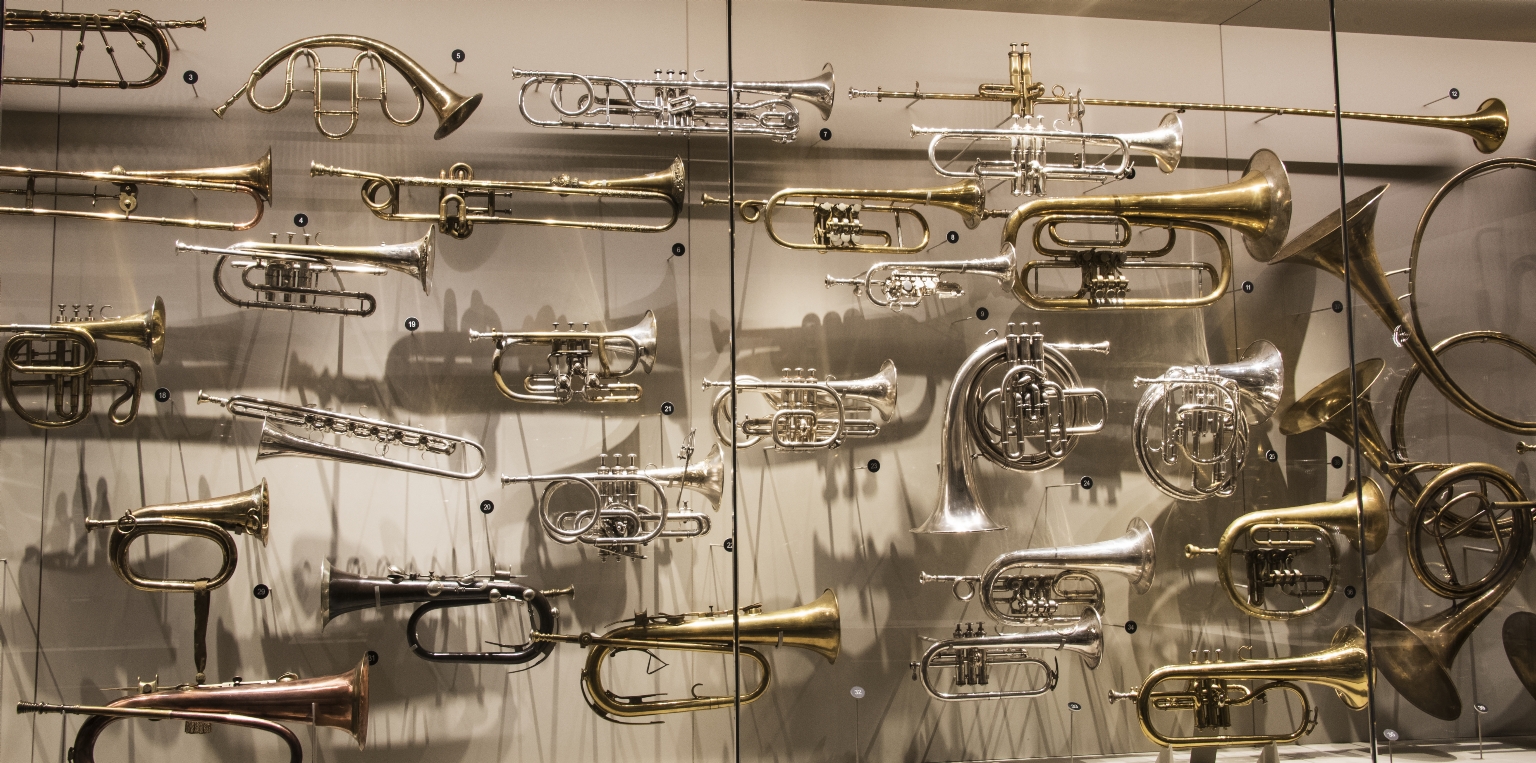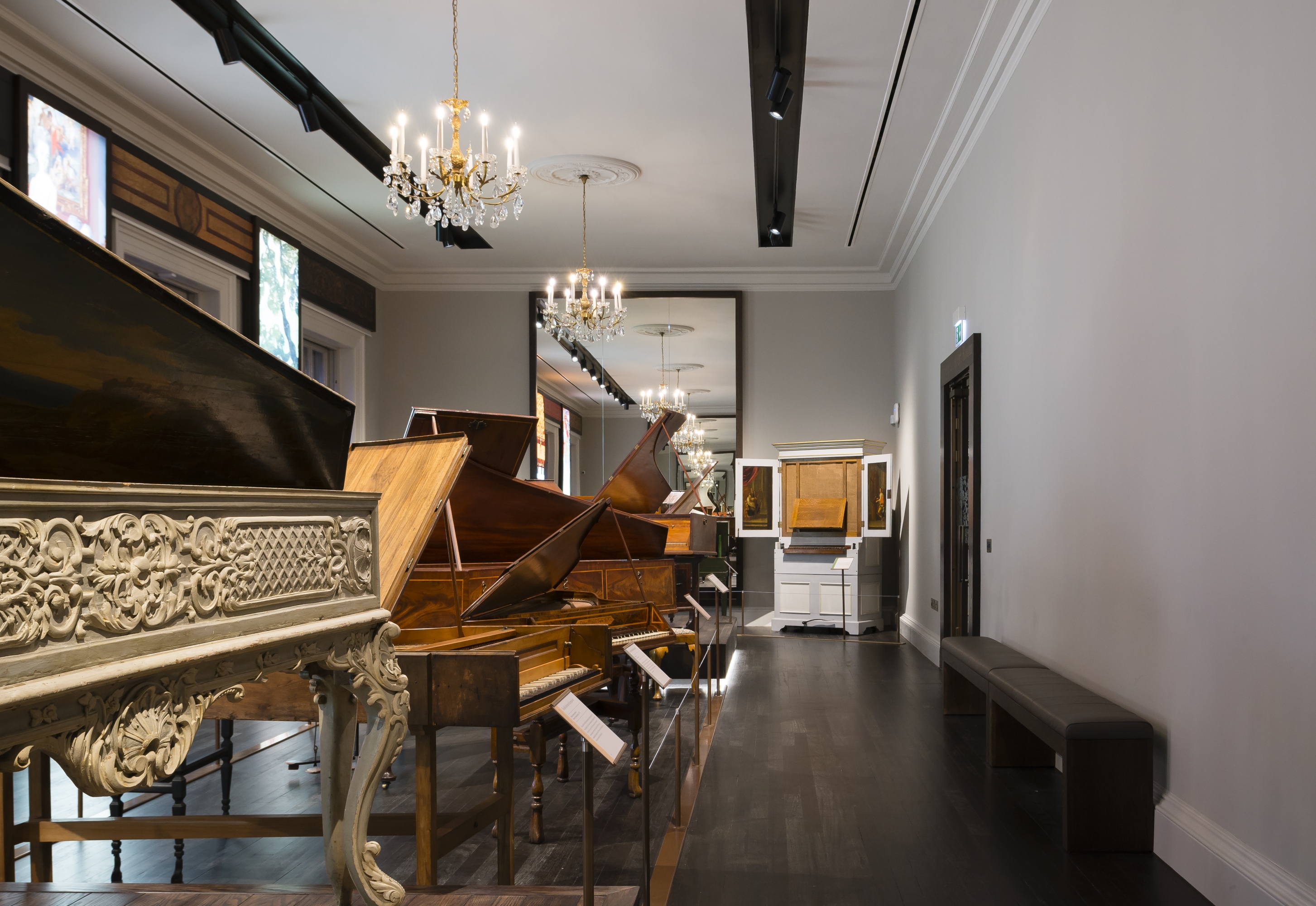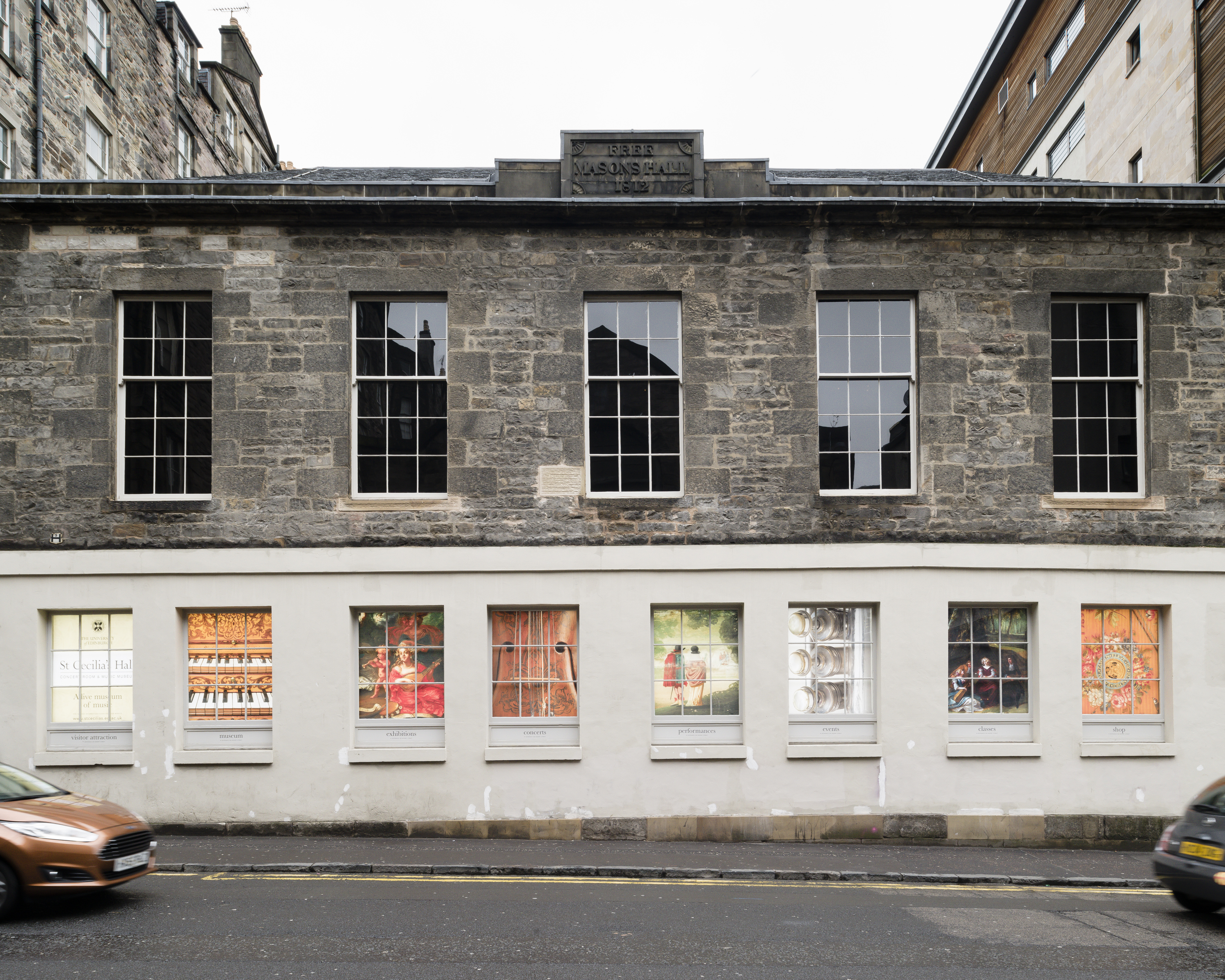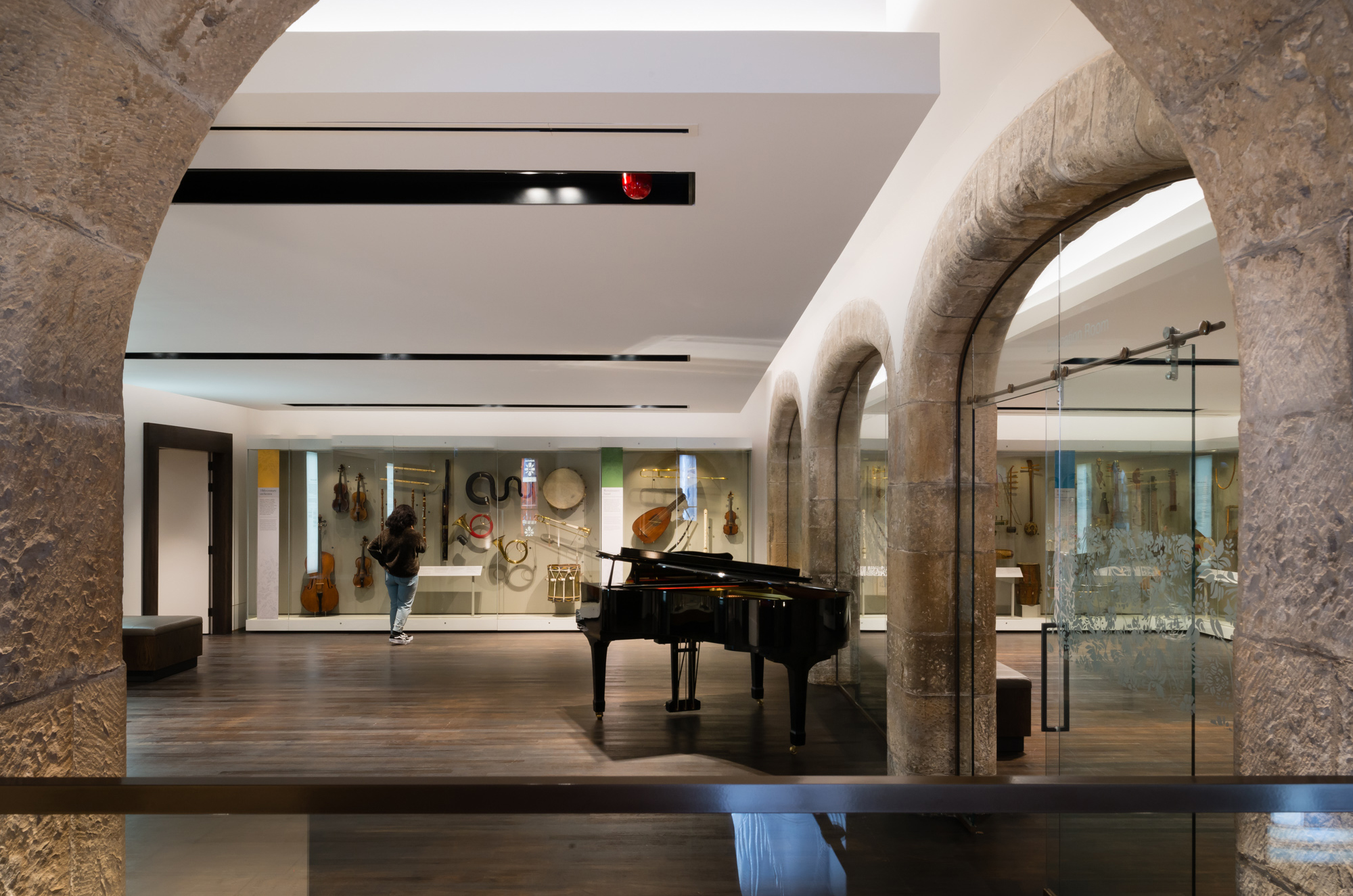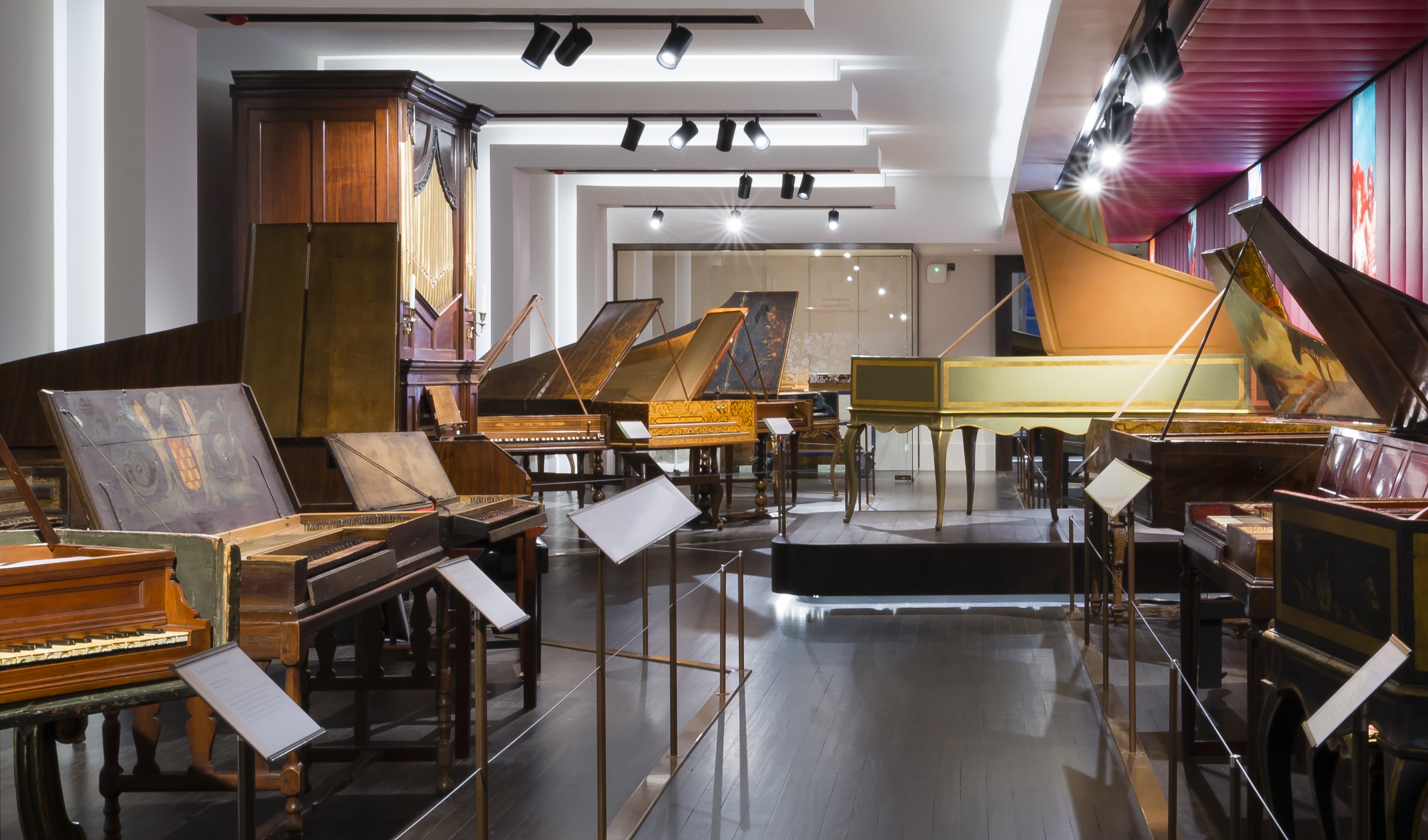Life in the 18th Century
The Hass family
It is not exactly known when Johann Adolph Hass was born, but we do know that he was baptized on the 12th of March in 1713. Back then, people were normally baptized a few days after they were born, so we can assume that he was born in March 1713. His father’s name was Hieronymus Albrecht Hass and his mother was Margreta Dorotea von Höffen. The Hass family was a family of instrument makers, specifically, the family made harpsichords, organs, and of course clavichords.1
Not only was the Hass family a family of instrument makers, but they also were connected to other instrument making families by marriage. We know that three well known instrument makers; Christian Zell, Johann Christian Gerlach and our Johann Adolph Hass all lived with or near each other in an area called the Gänsemarkt (Geese market).5
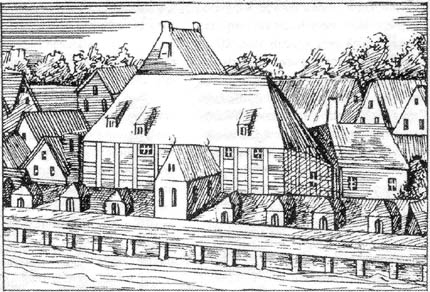
Sketch from Peter Heineken 1726. Staatsarchiv Hamburg
The Gänsemarkt, at the time was known for its opera house (pictured above). The opera house was torn down during Hass’ lifetime and was replaced by the Hamburg theatre (Nationaltheater). Operas at the time were centre’s of entertainment for the upper-class citizens. We can imagine the Hass family, who were by no means part of this upper class, saving up for tickets to the latest opera by Handel (who worked as a violinist at the Gänsemarkt opera house in 1703-1704) on special occasions.
The City of Hamburg
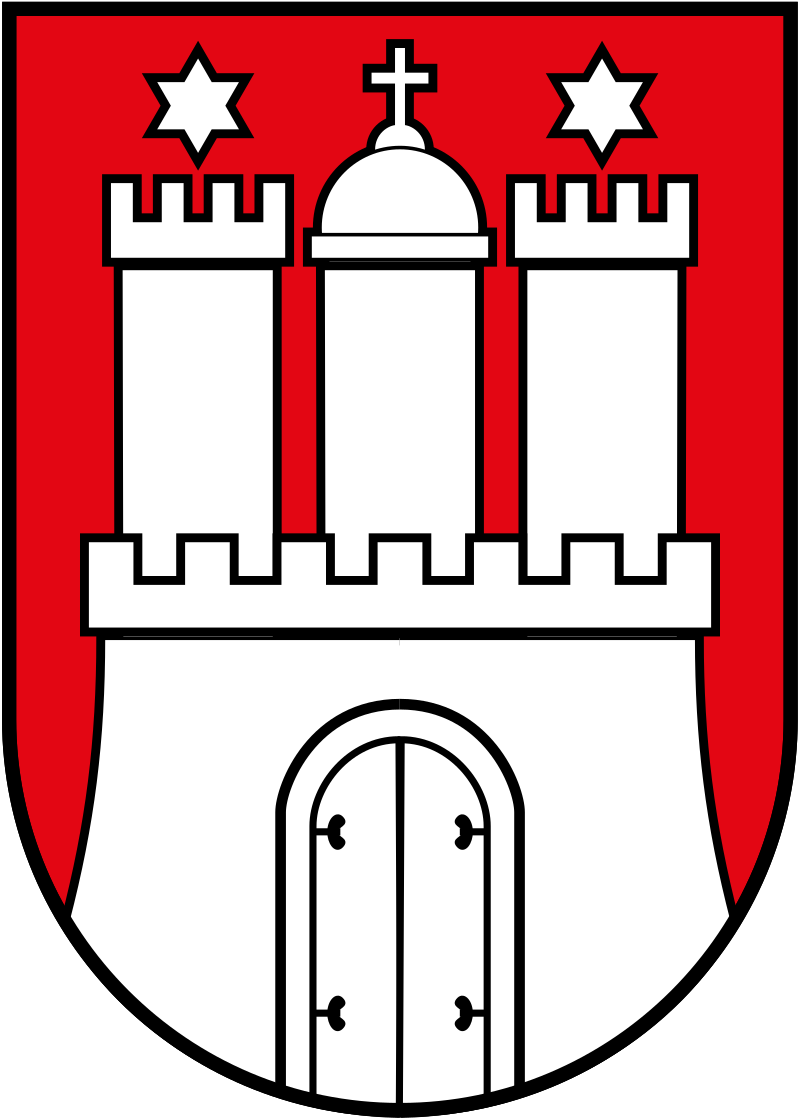
Hamburg is an old German city with an amazing history. The city was founded when a castle was built in the location during the time of Charlemagne (around 800 AD). This castle can still be seen today in the cities coat of arms (picture on the left). The story of Hamburg is long and fascinating, it includes being burnt down by the Vikings and being the centre of a Medieval trading league known as the Hanseatic League.6
By the 17th century, Hamburg was an important German trading city. It had its own semi-republican government as it was officially a free city part of the Holy Roman Empire. Foreigners came from all over the world to trade in Hamburg. A key reason behind Hamburg’s importance as a trading city was that it was located on the river Elbe and has a great port. This port would have been where the various materials that were used in this clavichord came together; the wood, the ivory, the tortoiseshell and so on. This port made Hamburg a great place for instrument makers.
Johann Adolph Hass would have walked around on these cobbled streets to the port. He would have seen not only materials coming from all around the world but also ships and people. People with different languages and cultures that would have been totally unknown to Hass.
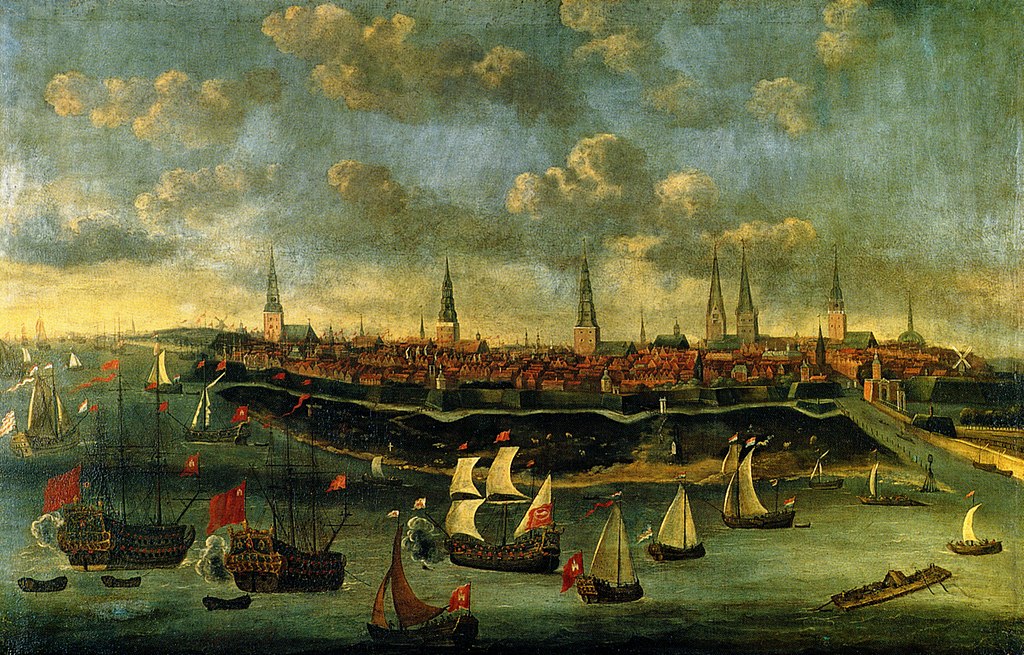
Elias Galli (1648-1712/14), View of Hamburg from the River Elbe, (ca. 1672), oil on canvas. (Museum für Hamburgische Geschichte).
Activity
Imagine you lived in the world of 18th century Hamburg. Write a short scene or story set in the world of Johann Adolph Hass. Use one of the following prompts for inspiration:
– You go with your family to see an opera at the Gänsemarkt, what do you see, hear or perhaps, smell?
– On a trip to the harbour you see a ship docking where the captain of the ship introduces himself to you. How does the conversation go?
– While working in your family instrument workshop you and your relative(s) start discussing what kind of instrument you would want to build next. Think about what the most important aspects are (design, sound, artistic merit, price). What kind of instrument do you want to build? Write down how you would explain it to your family and convince them to build it with you. Maybe use this BuzzFeed test for inspiration
Politics of 18th Century Hamburg
Hamburg was a so-called “Free City” in the Holy Roman Empire. This meant that they had a great deal of political autonomy and protection from other larger states. Hamburg was a republic in the sense that they had a senate that made the big political decisions. This senate had been founded all the way back in 1216 and existed until 1860 when Hamburg fell under Prussian control.7
The senate of Hamburg was by no means democratic. It was to a large extent an oligarchic organization with members who elected themselves and who were connected through various elite family webs. All senate members came from the class of elite merchants until a constitutional change in 1712 when jurists were allowed to become senators.7
Patrician wealth in 18th century Hamburg controlled not only politics but many aspects of society. Wealth was concentrated in the hands of the merchant elite. Families with money inter-married with other families of means, assuring that wealth stayed concentrated. This created dependency networks with elite merchants at their head, in charge of but also responsible for many people of the lower classes.2 The Hass family would have depended on these merchant elites to buy their expensive instruments.
Society in Hamburg
Hamburg population in the early 18th century was around 75,000 and rose to 130,000 by the early 19th century. Of that population, only around 15-20% were citizens who possessed civic rights and were, therefore, able to exert a measure of political influence.4 Johann Hass acquired Hamburg citizenship in October 1746 at the age of 33. Citizenship required monetary payment and proof of military service and was therefore only possible for well-to-do men. A citizen had to buy his own musket and a harness, which were costly objects. A key incentive for getting citizenship was that only a citizen could have his marriage affirmed and proclaimed. It makes sense that Hass would marry Anna Elizabeth Tramnitz only a month later in November 1746.1
Bibliography
1. Boalch, D.H., ‘Makers of the Harpsichord and Clavichord 1440 to 1840’ (Oxford, 1974).
2. Lindemann, Mary. ‘Dirty Politics or “Harmonie”? Defining Corruption in Early Modern Amsterdam and Hamburg’. Journal of Social History (45, 2012), 582–604.
3. Pfister, U., ‘Great Divergence, Consumer Revolution and the Reorganization of Textile Markets: Evidence from Hamburg’s Import Trade, Eighteenth Century’, Economic History Working Papers, (266, 2017).
4. Pilipczuk, Alexander, and Carlos O. Boerner. ‘Joachim Tielke: Instrument-Maker and Merchant of Hamburg. Recent Findings about His Education and Professional Life’. The Galpin Society Journal (61, 2008), 129–46.
5. Whitehead, Lance, ‘Clavichords of Hieronymus and Johann Hass’ (Edinburgh, 1994).
6. hamburg.de. ‘History of Hamburg’. Accessed 16. 04. 2021. https://www.hamburg.com/residents/about/11853158/history/.
7. hamburg.de. ‘Die Geschichte des Hamburger Senats’. Accessed 16.04.2021. https://www.hamburg.de/senat-geschichte/.
